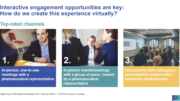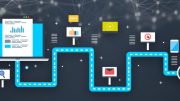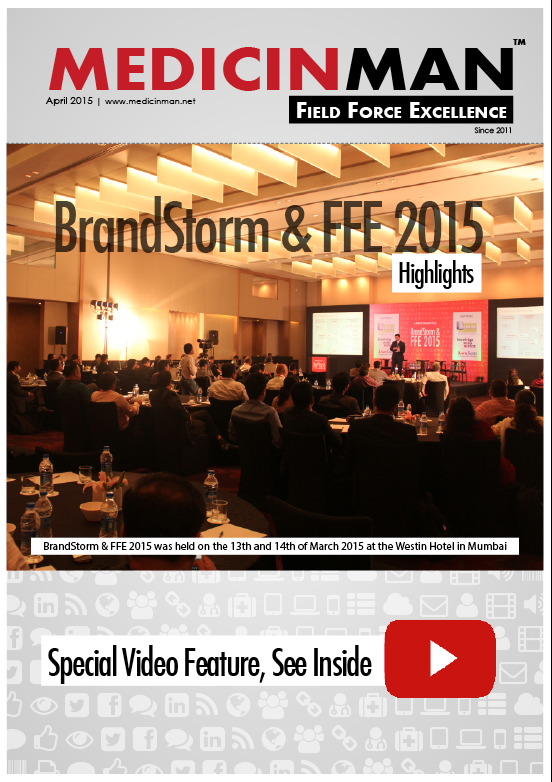One of the many ways of influencing patients to adopt healthy habits is by improving healthcare communication. Traditional persuasion messages used in healthcare have a limited impact and are based on approaches using sanction and punishment (Carrot and stick model).
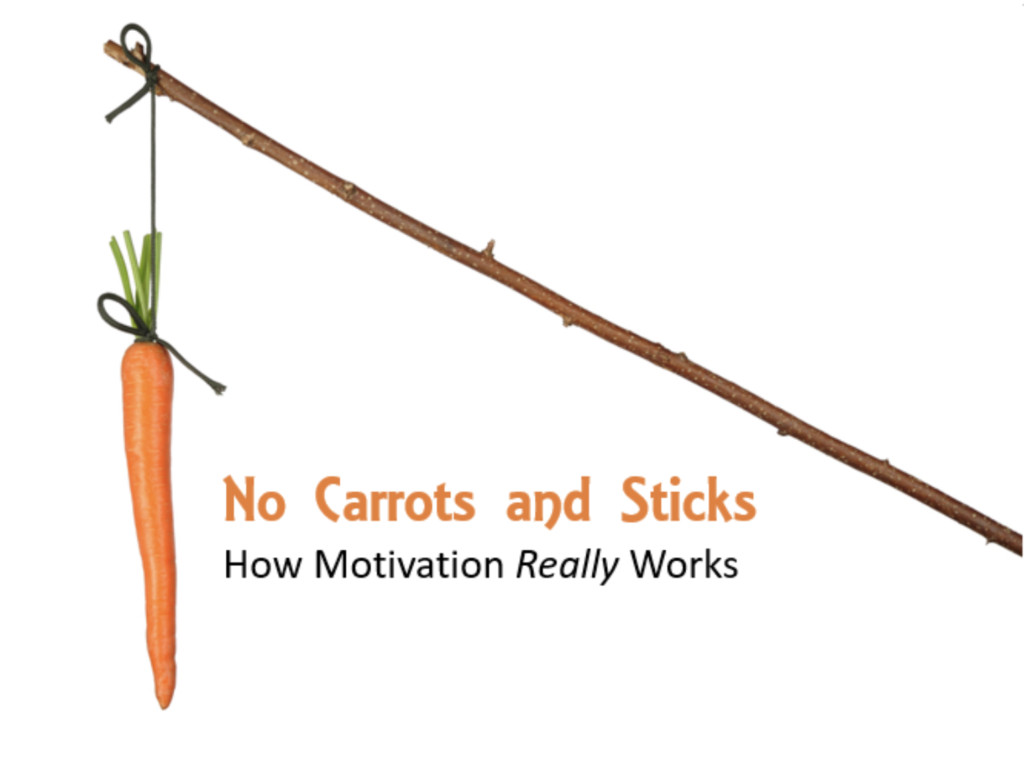
Emerging evidence shows how emotions and immediate surroundings influence the human decision making process. The Science of Behavioral Economics which combines knowledge from behavioral disciplines (like Psychology, Neurosciences) and Social sciences (like Economics or Sociology) could be play an important role in helping patients adopt healthy lifestyles.
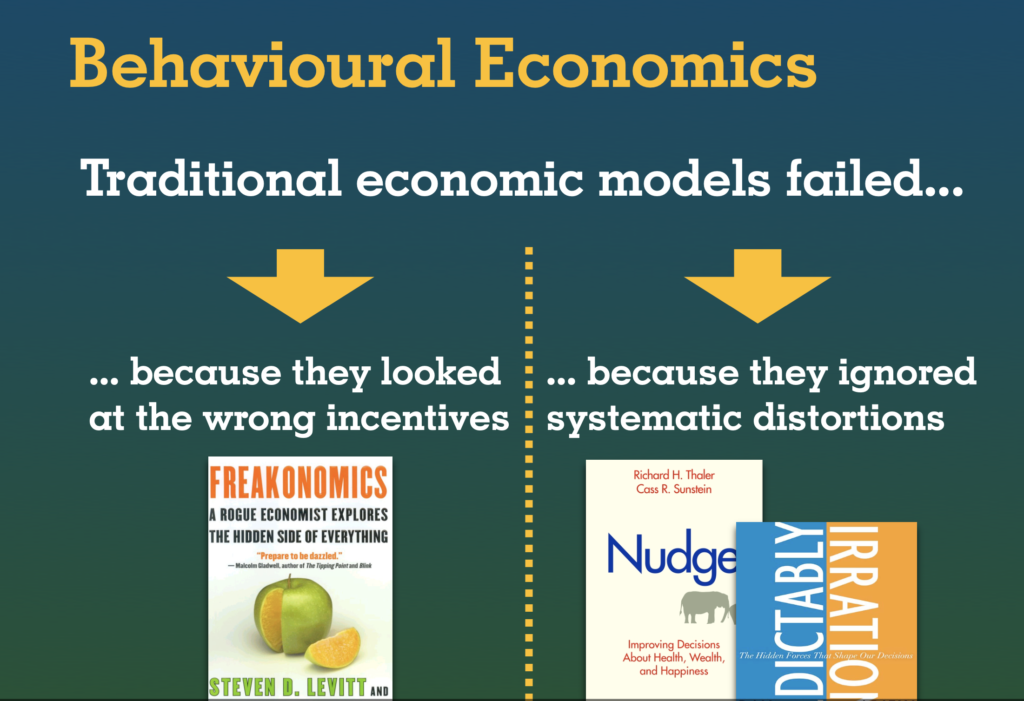
The premise of traditional Economics was that human actions are based on rationality. Meaning we systematically examine our choices in profit and loss framework and then decide. Behavioral Economics shows how individuals make decisions which are often non-rational.
Immediate Gratification
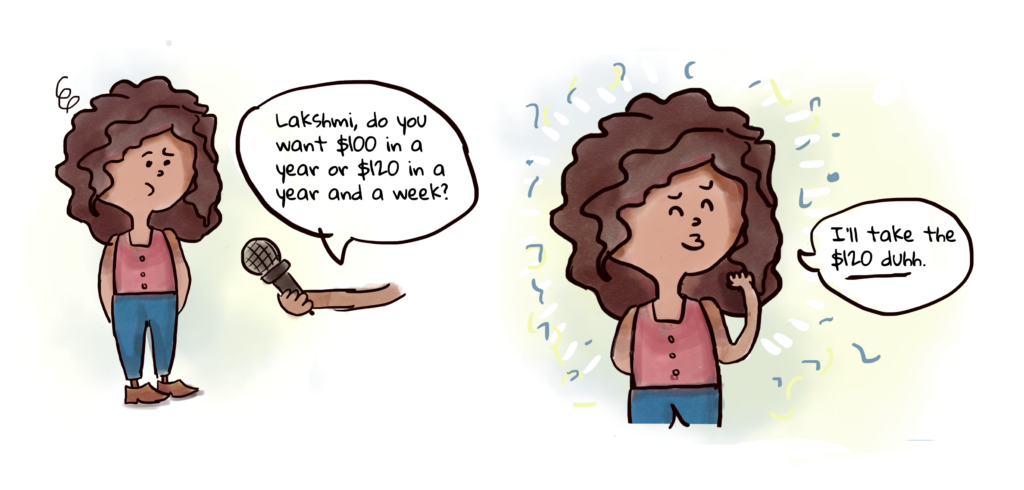
People ascribe less value to delayed rewards, such as avoiding cancer or heart disease, relative to more immediate, smaller rewards, such as having a cigarette or an extra dessert now. In simple terms given a choice we opt for instant gratification. The ability to delay gratification has been associated with many long term positive outcomes. Making patients aware about the principle of gratification and coaching them in developing positive short terms habits may help them in long term. It is more productive than only speaking about long-term benefits which are abstract and often difficult to connect.
Loss & Risk Aversion
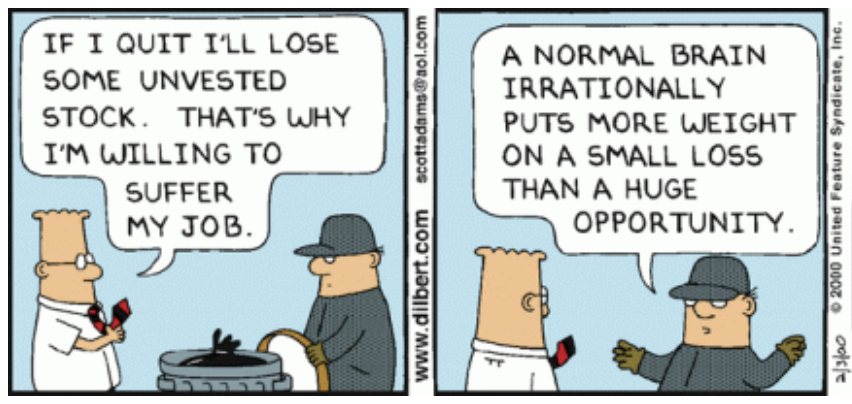
An important paradox of human mind, pain of losing is greater than the satisfaction of an equivalent gain. Therefore as individuals we do not mind “not having”, but we do mind “losing what we have”. Our decisions are based on a reference point that we use then to classify events as losses are gains. In healthcare, time plays an important role in evaluating losses are gains. Elderly individuals may focus on living a quality life discounting living longer whereas young individuals may focus on living longer. We can adapt messages based on the concept of time functionality depending upon age.
In addition, another method of communication in healthcare could be providing patients with an easy and practical measure of a lifetime they lose when they do not adopt healthy behaviors. Some studies have shown by using microlife, which represents half an hour of adult life expectancy patients could better relate losses or gains of lifetime associated with unhealthy behaviors (e.g. “a lifetime habit of smoking one cigarette per day is associated with a loss of 1 microlife per day”). Or translating an effective heart age works better than the regular abstract probability of experiencing an heart attack. Patients recall of effective heart age message better than the traditional one.
Default option
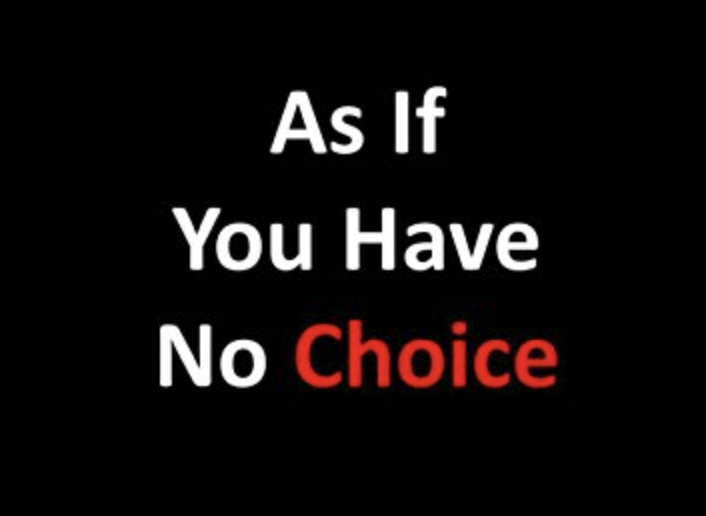
Imagine we are subscribing to a journal and at the end of the subscription process when we are checking out the auto renewal option is a default option. If we do not want auto renewal we need to choose another option. More often than not most of us go with the auto renewal option. Why? because changing requires effort and we has humans have a tendency for inertia and follow the path of least resistance. Many of our actions are a result of auto mode. We do not spend our energy thinking about them. Our current status is a baseline and change in status quo is perceived as loss. That’s one explanation why default options work.
How can this be used effectively in healthcare? The most popular example is of organ donation. It has been observed that Countries which have a default Organ donation option when driving license is issued have higher rates of donation as lesser people Opt Out. Compared to countries where people have to Opt In for an Organ Donation. Simply put Organ Donation as a Default Option increases the same.
Framing

The way of presenting options can influence the choice of a decision. A simple statement can be presented positively, negatively or neutrally. For example, walking regularly is associated with improved cardiovascular health benefits Vs not walking enough leads to an increased risk of cardiovascular disease , or walking is a good aerobic activity. Among the three the most impactful one is a positive framing. Also too many options will lead to opting status quo.
Social Norms
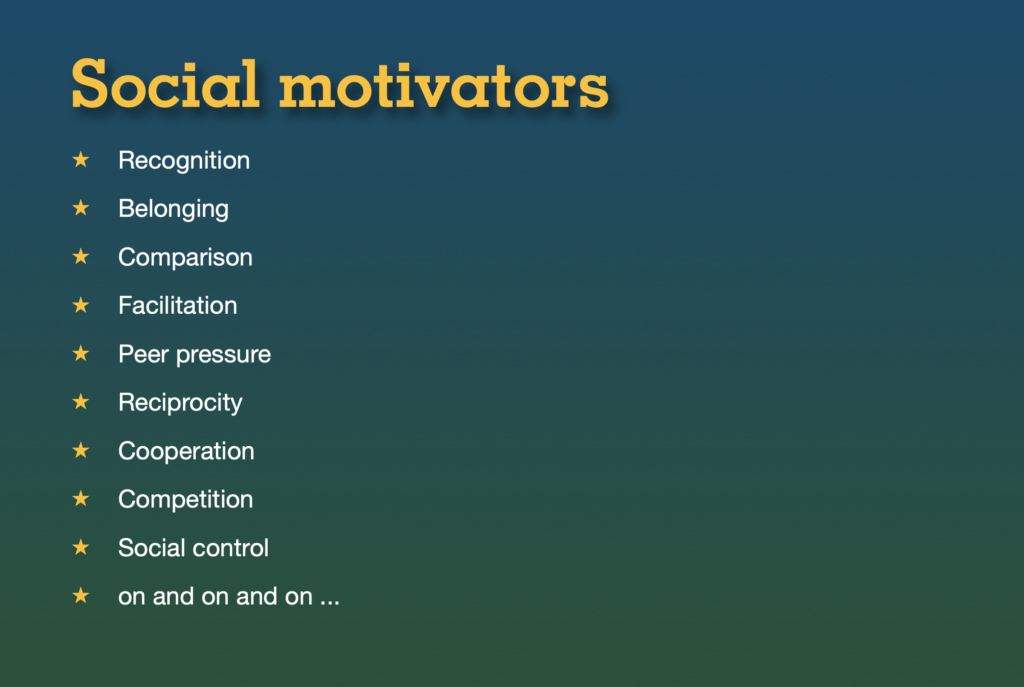
We act the way our groups/tribes act. We act in compliance with our group norms. Peer to peer influence. A simple study which focused on improving the number patients to arrive on time for their appointment shows that rather than a generic message ‘Please arrive on time’ communicating the message ‘80% of patients in this clinic arrive on time for their appointment’ is more likely to improve on-time arrivals.
Reciprocity
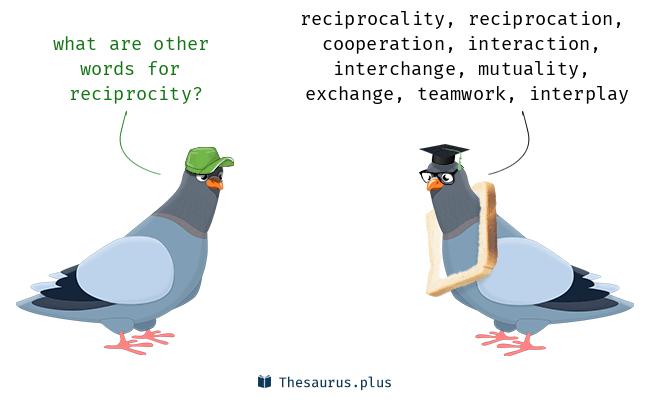
It is our tendency as humans to reciprocate when something is received. We have a sense of obligation to do something for people when they have done something for us. Studies have shown the application of reciprocity principle in healthcare. Best case was once again organ donations that could be increased significantly after a campaign containing the message: “If you needed an organ, would you take one?
Behavioral interventions have a very important role to play in management of diseases like Diabetes, CAD, Hypertension or even preventive measures to reduce risk of Cancer /HIV. Rather than Carrot and Stick model Behavioral science could be used to encourage soft changes in people’s behavior. Behavioral Science can be used to improve patient participation in management of the disease like adopting a healthy diet, including a regular physical activity and adhering to taking medications as prescribed.
Further Reading
Thinking Fast and Thinking Slow by Daniel Kahneman; Nudge by Richard Thaler.
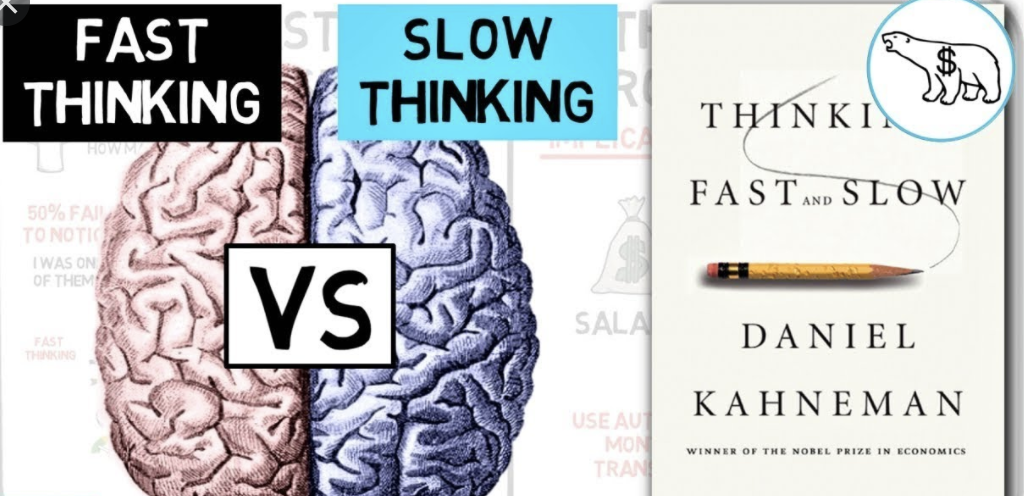
Daniel Kahneman Psychologist and Economist and Amos Tversky Cognitive and Mathematical Psychologist have contributed a lot to our present understanding of Psychology of Judgement and Decision Making. Prof Kahneman was awarded Nobel Prize in Economic Sciences in the year 2002.
Richard Thaler Professor of Behavioral Science and Economics. In 2017 he was awarded Nobel Prize in Economic Sciences for his contribution bridging Economic and Psychological analyses of individual decision-making.
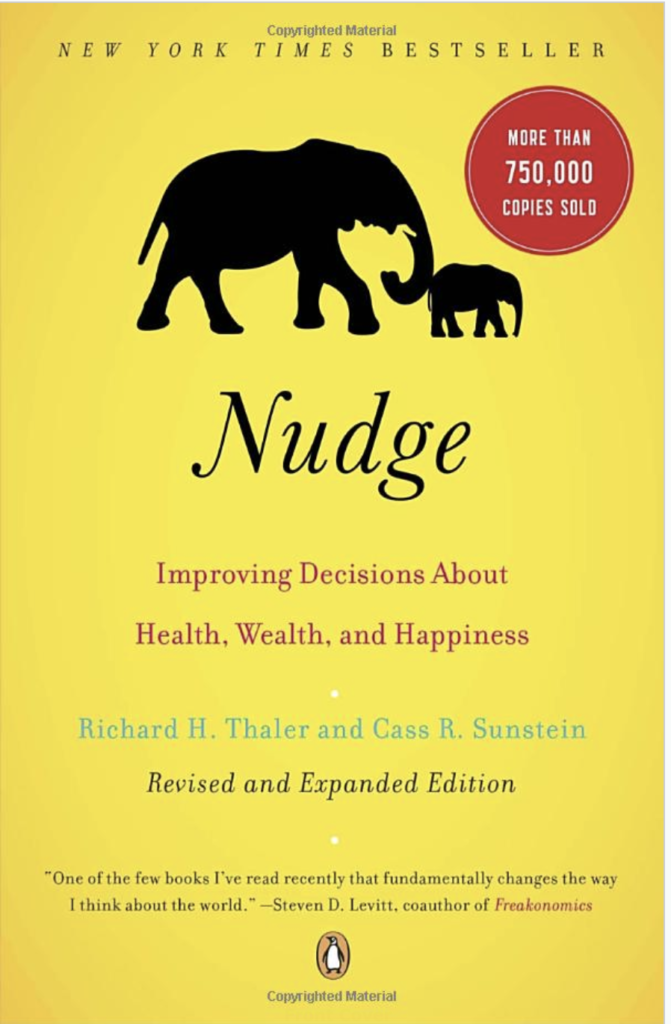
Disclaimer: All opinions expressed are personal

